Calculate Out-The-Door Price
close
× ‹
All fields are required
Submodel
Select TPMS OptionTPMSTPMS: NOTPMS: YES
WHAT IS TPMS?Enter Zip Code WHY DO WE ASK ABOUT YOUR ZIPCODE?
ZIP code is needed for local pricing.">Why?
Cross Section
Aspect Ratio
Rim Diameter
Enter Zip Code Why?
7980 S Broadway
Littleton, CO
303.515.7308
Most stores are open nights and weekends
Directions
Store Hours:
| Day(s) | Hours |
|---|---|
| MON-FRI: | 7:00am-7:00pm |
| SAT: | 7:00am-6:00pm |
| SUN: | 9:00am-5:00pm |
| CHRISTMAS EVE: | 7:00am-4:00pm |
| CHRISTMAS DAY: | Closed |
Store Details Change Store Find a Store
Schedule An AppointmentLearn more about Oil Changes
7980 S Broadway
Littleton, CO
303.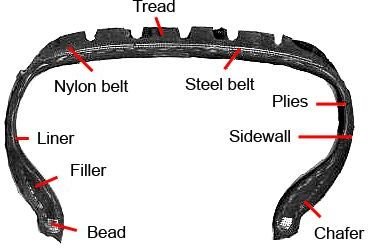 515.7308
515.7308
Most stores are open nights and weekends
Directions
Store Hours:
| Day(s) | Hours |
|---|---|
| MON-FRI: | 7:00am-7:00pm |
| SAT: | 7:00am-6:00pm |
| SUN: | 9:00am-5:00pm |
| CHRISTMAS EVE: | 7:00am-4:00pm |
| CHRISTMAS DAY: | Closed |
Store Details Change Store Find a Store
Schedule An AppointmentLearn more about Brake Service
All fields are required
Engine
Enter Zip Code Why?
All fields are required
Submodel
Enter Zip Code Why?
FIRESTONE HAS BEEN THE NATION'S LEADING TIRE PROVIDER FOR MORE THAN A CENTURY.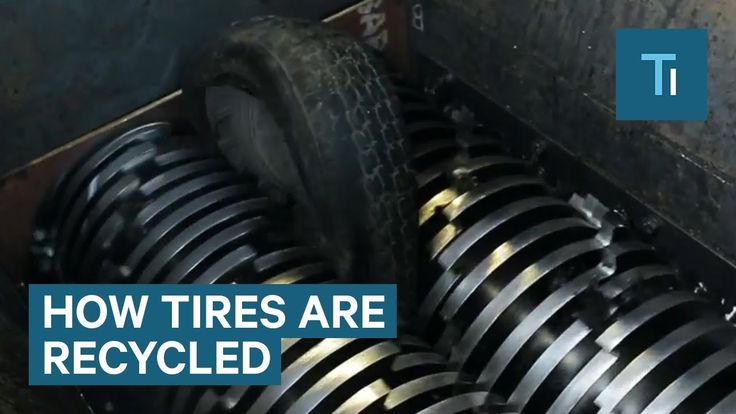
It's a tough road out there, and your tires bear the brunt of potholes, broken glass, nails, screws, and anything else that can puncture a tire. Firestone Complete Auto Care's flat tire repair services are the best in the business. We've been repairing tires since 1926, and we take pride in repairing America's tires. When tire damage strikes, come to Firestone Complete Auto Care–the tire repair shop you can trust.
If you suspect something is wrong with your vehicle's tires, don't hesitate to come into a Firestone Complete Auto Care near you. If your Tire Pressure Monitoring System (TPMS) light is on, you've hit something on the road, your tire is losing air, or maybe something just doesn't feel quite right, bring it in. One of our expert technicians will take a look and tell you if you need to repair or replace your tires.
Driving on a damaged tire can lead to additional (and more costly) rim damage and repairs, so it's best to have your tires examined at the first sign of trouble. The solution might be as simple as needing one of our patch plugs if the tire puncture is addressed early on. In other cases, a leaking valve stem or valve core may need to be replaced with a new one or the TPMS sensor needs to be reprogrammed or replaced. Visit your nearest Firestone Complete Auto Care, and we'll take care of you and your vehicle tire repairs.
The solution might be as simple as needing one of our patch plugs if the tire puncture is addressed early on. In other cases, a leaking valve stem or valve core may need to be replaced with a new one or the TPMS sensor needs to be reprogrammed or replaced. Visit your nearest Firestone Complete Auto Care, and we'll take care of you and your vehicle tire repairs.
Schedule An appointment
Tire Repair & Patching/Plug
If your tires still have life left in their tread and are not over 10 years old, Firestone Complete Auto Care maybe be able repair or patch & plug them to get you back on the road quickly. Keep in mind not all tire damage can be patched if the puncture is too big.
Tire Replacement
Over time, the tread on your tires wears down, leading to compromised traction on the road and potentially dangerous driving conditions. Tires generally need to be replaced every 25,000 to 50,000 miles, depending on vehicle manufacturer recommendations and driving habits.
Tire Rotations & Balancing
When you have your tires rotated, you help increase the life of your tires by helping reduce uneven wear. Most vehicle manufacturers recommend a tire rotation about every 5,000 miles or at the manufacturer-recommended mileage. Tire balancing helps ensure weight is evenly distributed around your tires. It's necessary about every 5,000 miles or as recommended by your manufacturer. Balancing can lead to a smoother ride, less tire wear, and reduced strain on the drivetrain. When you think tire balancing, think safe, smooth, and efficient driving.
Wheel Alignments
It's best to have your alignment checked every 6,000 miles or twice a year. Even one misaligned wheel can cause the steering wheel to be off center and can lead to premature wear and tear on your vehicle over time. Keeping everything properly aligned ensures a smoother ride for you and a longer life for your tires.
Flat Repair
A flat or leaking tire can leave you stranded on the side of the road or lead to a situation where you lose control while driving. Take care of flat or leaking tires as early as possible to extend tire lifespan and ensure your tire doesn't leave you stranded.
Schedule An Appointment
All fields are required
Engine
Zip Code Entry Why?
Flat tires rarely happen at ideal times. Let Firestone Complete Auto Care help you with these answers to frequently asked flat tire questions.
To ensure a safe drive that doesn’t damage your rims or create more expensive repairs, change your flat tire with your spare tire before coming into your local Firestone Complete Auto Care center for flat tire repair.
It’s tempting to replace just the tire that's damaged, but replacing one tire at a time can present challenges down the road since the one tire will have a different tread depth and thus different accelerating, braking, and cornering abilities than all of the others.
Few things are more inconvenient than a flat tire —except back-to-back flat tires. Learn the reasons why you keep getting flat tires and what you can do to help prevent flat tires from deflating your spirits!
If your vehicle hits a pothole in the road, you may experience steering and suspension system misalignment and/or damage, tire punctures, bent rims, and more. When your vehicle experiences a sudden jolt from a pothole run-in, timely inspection is highly recommended.
Pothole damage may not be obvious right away, but it can wreak havoc on your entire car if it’s not addressed quickly and fixed right the first time.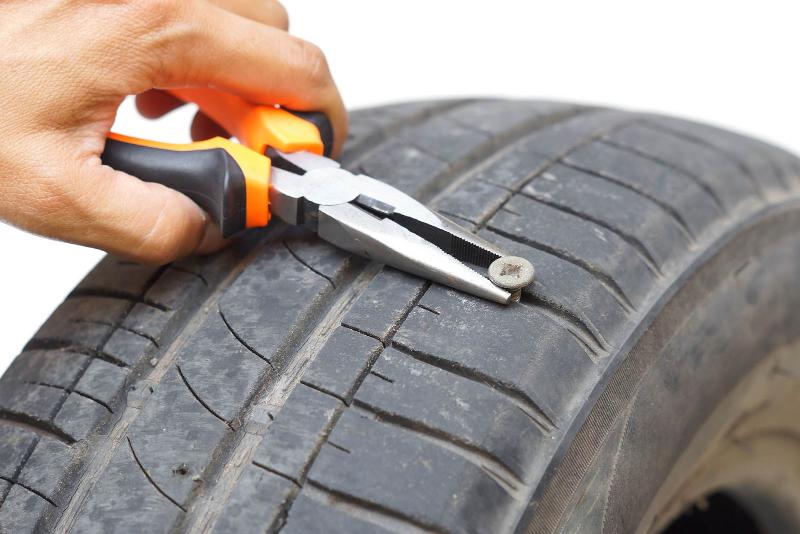 If you've had a recent run-in with a pothole, head to your local Firestone Complete Auto Care for a Complete Vehicle Inspection to check for any issues.
If you've had a recent run-in with a pothole, head to your local Firestone Complete Auto Care for a Complete Vehicle Inspection to check for any issues.
A tire plug is a quick fix for a tire that's leaking air from a nail or similar object that has punctured the tire. A tire plug fills the hole of the tire but is not reliable without a tire patch and not recommended to use alone. A patch is applied to the inside of the tire to further prevent an air leak and helps hold the plug in place. This allows a tire with ample useful life left in it to hold air reliably and keep you on the road for longer.
Run flat tires allow you to drive on a flat tire for a limited time with lesser risk than non-run flat tires. A Run Flat tire could be repaired if a nail or object is caught before tire damage occurs. However, if the tire is permanently damaged, it is required to replace a Run Flat tire with a new one.
The Tire Pressure Monitoring System light will illuminate if tire pressure is too low or part of the TPMS system has malfunctioned. Important TPMS warning light behavior:
Looking for the closest flat tire repair shop? Come to Firestone Complete Auto Care for a tire plug & patch or other tire repair service today!
Read More
Regular tire rotations can help prevent uneven tread wear and help your tires last longer. Schedule a tire rotation appointment at a Firestone Complete Auto Care near you today.
Schedule a tire rotation appointment at a Firestone Complete Auto Care near you today.
Read More
Knowing when to replace tires is as easy as measuring tire tread depth. Learn more about this important measurement and visit Firestone Complete Auto Care!
Read More
Tires
Nov 14, 2022
Need a fresh set of winter tires but don’t know what to look for? We have you covered. Read on to learn about tread patterns, tire compounds, ratings, and more!
Read More
Tires
Sep 19, 2022
What is backspacing in wheels? What about offset? Are they the same or completely separate things? Firestone has the answers you're looking for. Learn more.
Learn more.
Read More
Tires
Aug 19, 2022
What are the symptoms of unbalanced tires, and do yours need balancing? Learn everything you need to know about this often-overlooked aspect of car maintenance.
Read More
LOAD 3 MORE
SHOWING 6 OF 12
View More Articles
{{storeNumber}}
{{storeName}}
{{link-icon "Call Us" mobileCallLink null "call-cta"}} {{link-icon "Directions" directions "_blank" "directions-cta"}}
{{address}}
{{city}}, {{state}} {{zip}}
{{#if activeFlag}} {{#ifCond mystore "or" myPreferredStore}} {{#ifCond storeType 'eq' "TPL"}}
*Call store for appointment {{phone}}
{{else}} {{#if onlineAppointmentActiveFlag }}
{{#if myPreferredStore}}
{{else}}
*Call store for appointment {{phone}}
{{/if}} {{/ifCond}} {{else}} {{#ifCond storeType 'eq' "TPL"}}
*Call store for appointment {{phone}}
{{else}}
Schedule Appointment {{#if onlineAppointmentActiveFlag}} {{else}}
*Call store for appointment {{phone}}
{{/if}}
{{/ifCond}} {{/ifCond}} {{else}}
*Temporarily Closed Due To: {{temporarilyClosedReason}}
{{/if}} {{#if isMilitaryStore}}
*This location is on an active US military base. You may need military ID to access the location.
You may need military ID to access the location.
{{/if}}
{{#ifCond count 'eq' "3"}} Show More Stores {{/ifCond}}
Your browser's Javascript functionality is turned off. Please turn it on so that you can experience the full capabilities of this site.
{{address1}}{{#rating}}
{{#rating.starClasses}}
{{/rating.starClasses}}
{{rating.value}} ({{rating. number}})
number}})
{{/rating}}
{{#isAppointmentEnabled}}
{{/isAppointmentEnabled}}
We know what to do to fix tires the first time, every time. After all, your safety rides on your tires being in good condition.
If your flat tire is repairable, we’ll fix it for free on most non-commercial passenger cars and light trucks.
We’ll get your tires repaired as fast as possible. Just come by any Les Schwab location or make an appointment online.
Every year, we mend more than 1 million tires. We guarantee that each repair will last the life of the tire.
The Best Tire Value Promise® Limited Warranty is provided for free as part of Les Schwab’s World Class Customer Service and is valid for the original purchaser of the new passenger and tubeless light truck tires listed on the original invoice (“Covered Tire(s)”).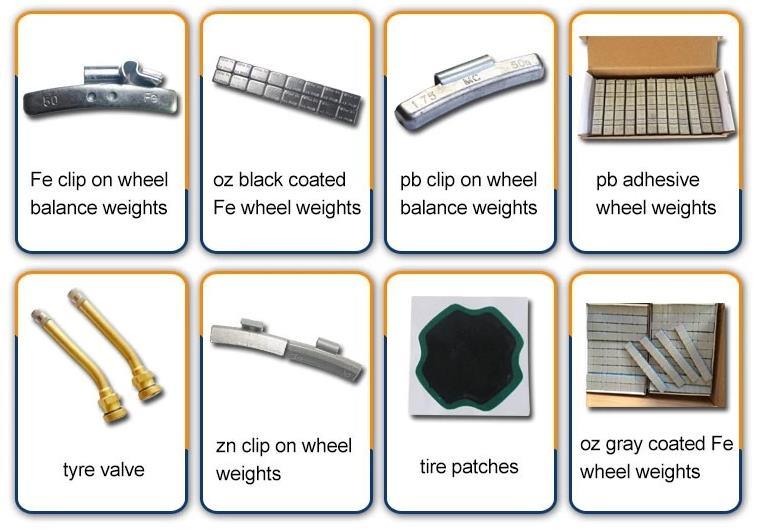
Whatever the road throws at you, from potholes to nails or other road hazards, you have peace of mind protection that we will repair or replace your Covered Tire for its remaining value under the terms of this Best Tire Value Promise® Limited Warranty. Our workmanship is guaranteed for the life of your Covered Tires.
Les Schwab provides tire protection for Covered Tires with non-repairable damage due to normal road hazards (“Tire Protection”). If a Covered Tire is eligible for Tire Protection, you are entitled to one of the exclusive remedies listed below. Normal road hazards are unexpected contact of a Covered Tire with objects on the road that are not a normal part of the road surface, such as rocks, nails, potholes, unexpected debris, or glass
EXCLUSIVE REMEDIES: If a Covered Tire is eligible for Tire Protection, fails to conform to the limited warranty for tread life, or fails due to defects in manufacture or materials, Les Schwab will provide at its election one of the following exclusive remedies:
A. If a Covered Tire eligible for Tire Protection incurs non-repairable damage during the first 25% of tread wear, Les Schwab will replace it free of charge. After the first 25% of tread wear, Les Schwab will provide a pro-rata adjustment consistent with section (C).
If a Covered Tire eligible for Tire Protection incurs non-repairable damage during the first 25% of tread wear, Les Schwab will replace it free of charge. After the first 25% of tread wear, Les Schwab will provide a pro-rata adjustment consistent with section (C).
B. If a Covered Tire wears to a tread depth of 2/32nds before the mileage indicated in the limited warranty for tread life, Les Schwab will make a pro-rata adjustment based on the original purchase price, excluding Federal Excise Tax, multiplied by the pro-rata adjustment. The pro-rata adjustment is 100% less miles of service divided by the mileage indicated in the limited warranty for tread life.
C. If a Covered Tire fails due to defects in its manufacture or materials during the first 25% of tread wear, Les Schwab will replace it free of charge. After the first 25% of tread wear, Les Schwab will make a pro-rata adjustment based on the original purchase price, excluding Federal Excise Tax, multiplied by the pro-rata adjustment. The pro-rata adjustment is the percentage of remaining tread down to 2/32nds. Except as set forth in section (B), a tire worn down to 2/32nds tread depth is not a Covered Tire.
The pro-rata adjustment is the percentage of remaining tread down to 2/32nds. Except as set forth in section (B), a tire worn down to 2/32nds tread depth is not a Covered Tire.
D. You may elect to receive an adjustment in the form of cash or a credit applied to the purchase of new tires at any Les Schwab Tire Center.
WHAT IS NOT COVERED BY THE LIMITED WARRANTY FOR TREAD LIFE: The limited warranty for tread life does not cover services, damage or wear due to any of the following: misuse or abuse, misalignment or tires out of balance, over or underinflation, repairs, off road use or use on unpaved roads, use on commercial vehicles, campers, or trailers, excessive loading, vehicle accidents, or tire contact with curbs, poles, garbage bins or other similar items on or off the road surface.
All repairable flats on passenger and tubeless light truck tires listed on the original invoice are fixed free of charge for the life of the Covered Tire through 12. 00 inch size cross section. Lock ring and tube type wheels are not included.
00 inch size cross section. Lock ring and tube type wheels are not included.
Proper flat repair is like a graft. The patching material used gets chemically bonded to the tire tread and is intended to make your tire as good as it was before the flat. It’s no more likely to need repair again than the other tires in your set that haven’t gone flat. The repair will last for the life of the tire but in the unlikely event there is an issue, we will fix it for free.
We use the industry standard approach called plug and patch. We clean up the hole in the tread, get any debris out, plug the puncture with rubber and plies and patch the tire. We also reset the TPMS (tire pressure monitoring system).
From the time the vehicle gets into the repair bay, the work takes 15 to 20 minutes on average. It just depends on the wheel, the size and the tire type. Flat repairs are done first come, first served, so there could be additional time involved if there are others ahead of you.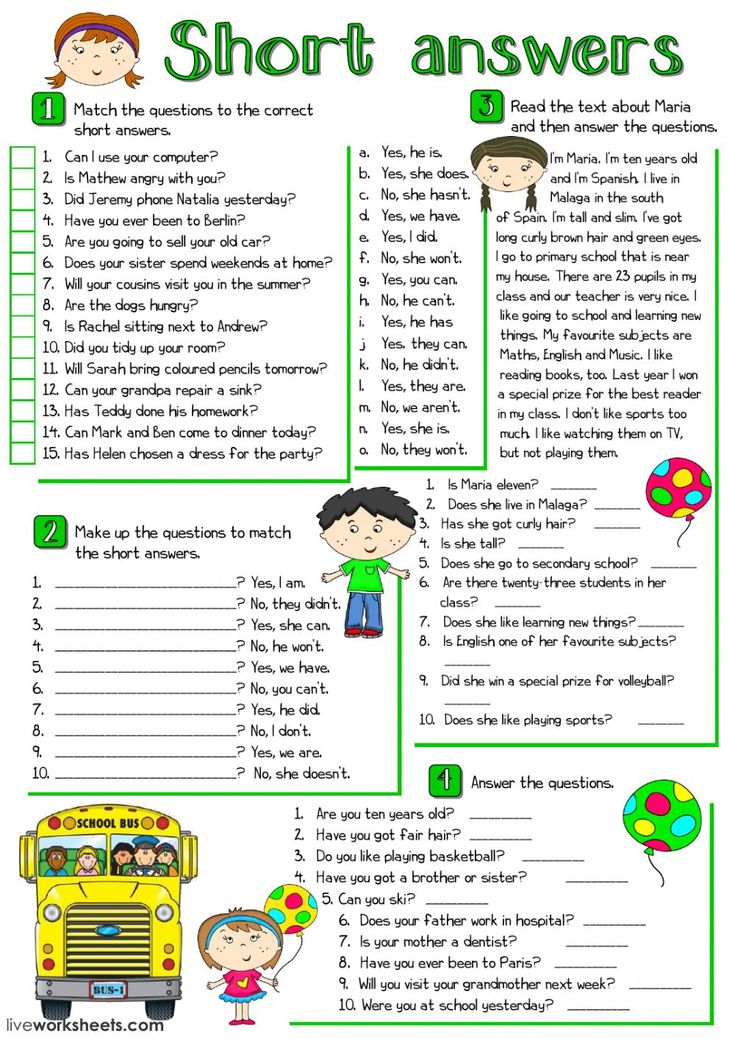
There could also be more time required if it’s a self-sealing tire or you’ve used an aerosol fix-a-flat kit. Then we have to clean out the sealant gunk and dry the inside of the tire as part of the process. We also clean the TPMS sensors and verify they haven’t been damaged by the spray.
Come by any Les Schwab Tires for free flat tire repair. Find a store.
Category: Operation and maintenance
Article reading time: 5 minutes
Bookmark this
A car tire has a complex structure and a specific rubber compound that protects the tire from impacts and retains its shape under high loads. The design of the wheel consists of several strength frames - metal wire and nylon thread, they keep the rubber on the trajectory during intense and dangerous driving.
Any kind of damage can result in negative consequences that will affect driving safety and stability on the road. And if the majority of punctures can be repaired in the service or repaired by oneself, then the side cut of the tire often forces one to resort to a complete tire replacement. Riding on damaged tires in the usual mode is extremely dangerous. How to fix a tire so that you can ride comfortably without consequences, and is it possible to seal or repair a cut tire? We will answer these and other relevant questions for motorists in this material.
Modern services can repair a tire after a front or side puncture. You can repair a tire, thanks to the universal set of a motorist, with your own hands. It is enough to seal the hole with a special tourniquet.
Is this type of damage dangerous and should it be replaced? Only the master can unambiguously answer the question, having studied the lateral damage.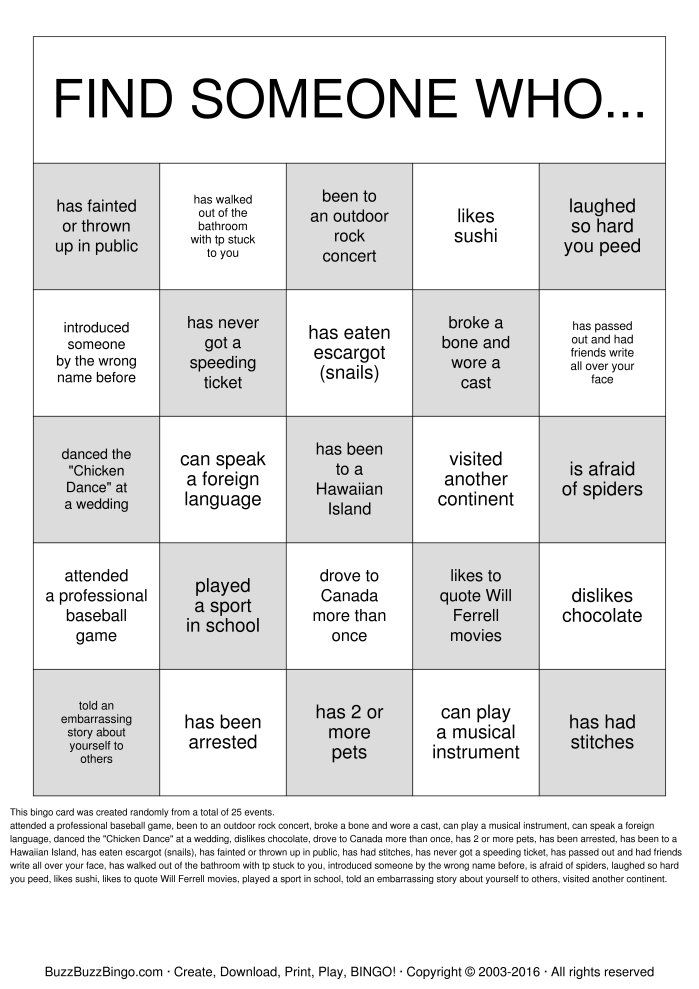 The specialist will determine the nature of the puncture that needs to be repaired and offer a complete tire replacement or repair. It is inexpedient and dangerous to close up a large puncture, due to which the tire is deformed.
The specialist will determine the nature of the puncture that needs to be repaired and offer a complete tire replacement or repair. It is inexpedient and dangerous to close up a large puncture, due to which the tire is deformed.
To determine how to close a side cut, you need to study the type of damage:
Sealing a cut on a tire is much more difficult than a normal repair, so it is often necessary to perform an involuntary replacement of tires. Repairing the wheel is impossible due to side wires and threads that break under side load. Taping and repairing lateral damage will not help repair the threads. Any obstacle or potential contact with a bump at high speed will have the adverse effect of bursting the tire due to the load, resulting in a dangerous loss of control.
A side puncture is less dangerous than a longitudinal cut. However, not every defect requires replacement. Masters will be able to repair tires if the deformed area placed along the carcass threads does not exceed 50 mm. The possibility of repair is also available if the side cut located across the tire threads is less than 30 mm. However, we do not recommend doing repairs in this case with your own hands. To preserve the protective properties and avoid possible negative consequences, it is necessary to use professional equipment.
Should cuts be repaired? A popular question for motorists who are faced with a choice is whether to seal a defect or replace a wheel. The possible consequences of cuts scare car owners, but do-it-yourself repairs are more attractive because they are cheaper than buying fresh tires.
To avoid dangerous consequences, sealing small and large side cuts is prohibited if more than 10 cords are to be repaired and a hole larger than 30 mm is to be patched. It is possible to repair tires for passenger cars with a side cut of the tire if it is a shallow scratch.
It is possible to repair tires for passenger cars with a side cut of the tire if it is a shallow scratch.
Driving with a cut in a tire is not safe. The degree of risk depends on the nature of the damage and the experience of the specialist who will seal the seam. Before sealing the hole with your own hands or entrusting a restoration to a specialist, you should examine the lateral damage. Manufacturers recommend replacing tires if it is necessary to seal 20 mm or more. However, if it is possible to change a wheel, the opportunity should be taken as soon as possible. Since even a small defect is dangerous during the trip. During operation, a hernia is formed, which explodes if timely replacement is not made. If you drive on a tire with a side cut for a long time and do not do repairs in the service or with your own hands, there is a high risk of getting into an accident.
In order to strengthen the structure of tires, manufacturers add several layers of metal cord to models.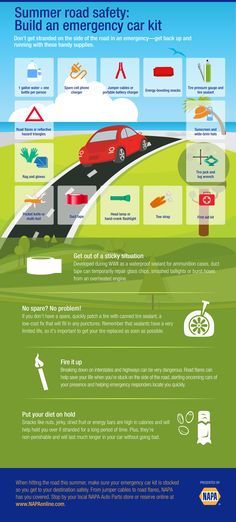 Also on the market there is a fabric cord, which includes fibers from nylon, which allows you to increase the strength of rubber. Therefore, in order to seal the tire in the service or repair it yourself in case of a puncture, it is necessary to use high-quality materials. If the recommendations for replacement are not followed, there is a high risk of dangerous and unpredictable consequences.
Also on the market there is a fabric cord, which includes fibers from nylon, which allows you to increase the strength of rubber. Therefore, in order to seal the tire in the service or repair it yourself in case of a puncture, it is necessary to use high-quality materials. If the recommendations for replacement are not followed, there is a high risk of dangerous and unpredictable consequences.
Winter Drive protection
Tires Goodyear UltraGrip Arctic 2 SUV
Winter Drive Protection Sound Comfort
Rating:
4.5
Tires Goodyear UltraGrip Ice 2
Winter Drive protection
Tires Goodyear UltraGrip Performance+ SUV
Winter Drive protection
Tires Goodyear UltraGrip Arctic 2
Winter Drive Protection Run On Flat Sound Comfort
Tires Goodyear UltraGrip Performance+
To accurately assess the effects of tire deformation, before repairing a tire, contact a specialized center. The masters will figure out whether it is possible to continue driving a car or whether it is worth replacing the rubber. The main inspection criterion is the width of the seam that needs to be repaired. It should be borne in mind that it is dangerous to close up and seal holes with a width of more than 40 mm with rubber mixtures.
The masters will figure out whether it is possible to continue driving a car or whether it is worth replacing the rubber. The main inspection criterion is the width of the seam that needs to be repaired. It should be borne in mind that it is dangerous to close up and seal holes with a width of more than 40 mm with rubber mixtures.
If the craftsmen decide to restore the tire and make a patch, then the restoration process includes the following steps:

The decision to patch should be made by experienced professionals who will be able to advise whether to patch or replace tires. Restoration of rubber, despite the observance of technology, cannot restore the original properties of the carcass, so you should drive carefully on such rubber.
It is also worth considering that if you do the restoration of a tire, it is necessary to break in before active operation. To avoid negative consequences, we do not recommend moving at high speeds.
Written by: The Goodyear team
Repairing a tire side cut by applying a patch or welding the cut yourself will not lead to anything good. Poor repairs will put you at unnecessary risk to your life instead of saving you money.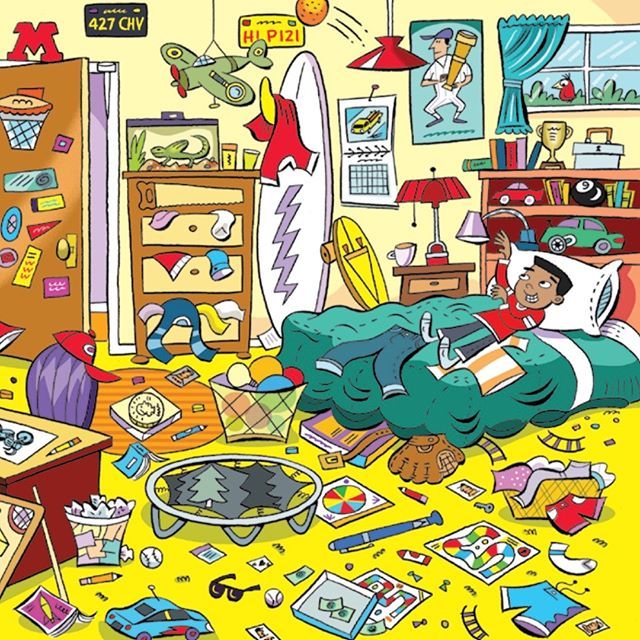
A side cut on a tire is a very common problem, and many car owners solve this problem by simply replacing the cut tire with a new one. Of course, this way of solving the problem is ideal if you have extra money, since new tires are not cheap. The desire to save money, that is, to seal a side cut on a tire with your own hands, is an extreme on the other hand, since it is impossible to repair a side cut at a high level at home in the absence of high-quality equipment and materials.
If you are wondering if you can seal up a side cut, then the answer is - of course, yes. Only an experienced master in a tire shop can make such repairs well. And for those who are looking on the Internet for how to seal a side cut of a tire on their own and whether it is possible to seal a side cut on a tire with their own hands, and buys special tire change kits for such repairs, we want to say: “There is no need to take such risks!”. If the repair of the cut is done poorly, then at the most unexpected moment you may burst the tire. Imagine what would happen if you were driving at high speed in heavy traffic! Therefore, it is better to entrust this matter to professionals.
Imagine what would happen if you were driving at high speed in heavy traffic! Therefore, it is better to entrust this matter to professionals.
Tire fitters use hot and cold vulcanizing tires to repair side cuts. Hot vulcanization refers to the following process:
The cut site is cleaned of dirt and degreased;
Raw rubber is taken (a special rubber compound with a plastic structure) and the cut itself is filled with it;
· A place filled with raw rubber is heated to very high temperatures, while the rubber melts and is bonded to the tire.
In order to make the repair of the side cut even better, as well as to give the tire stiffness lost during the cut, a cord patch is attached to its inner side by cold vulcanization. This term refers to the use of a special chemical adhesive. In order for the patch to stick well, it is necessary to wait about 24-36 hours, and only after that it is possible to install the repaired tire and its further operation.